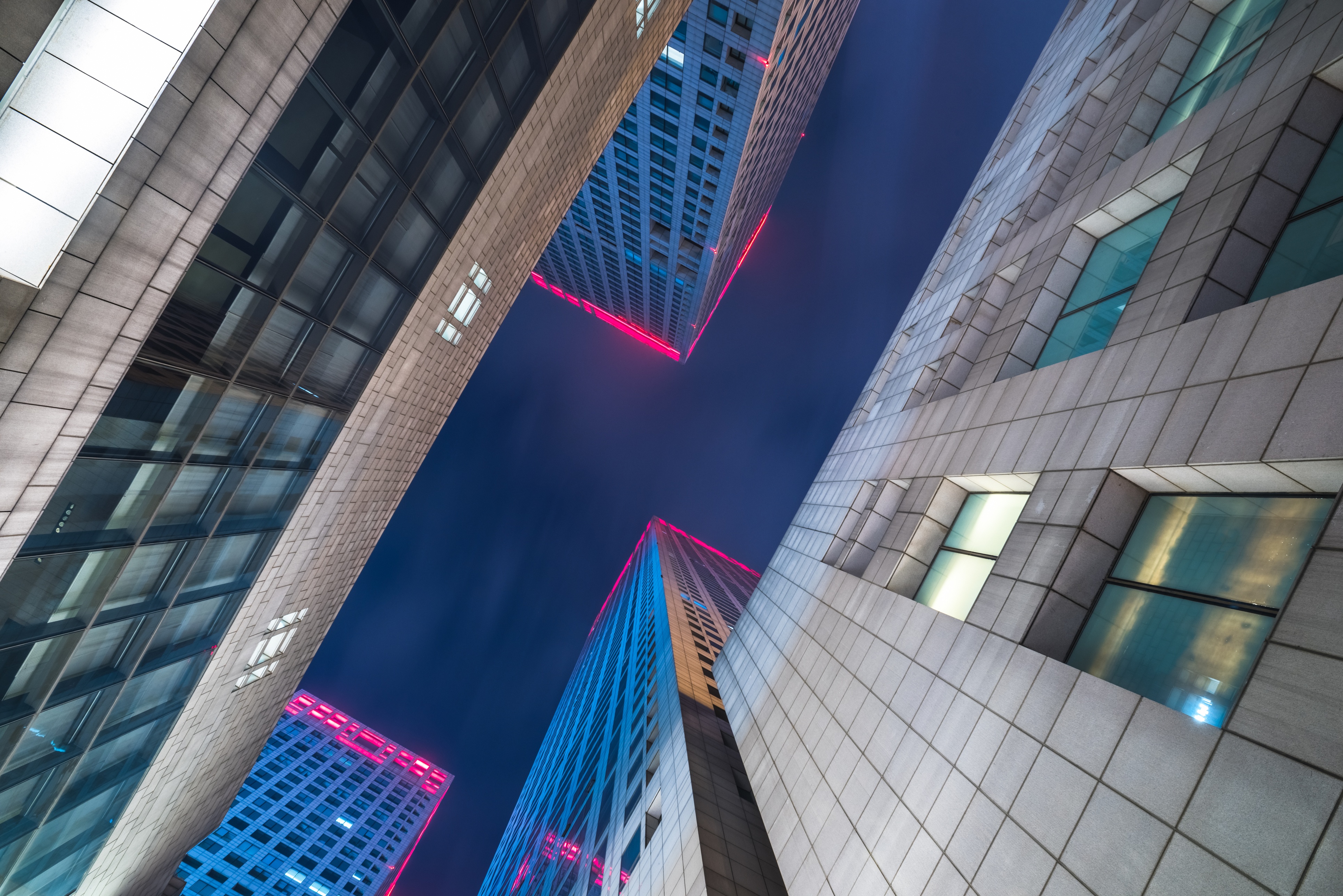The workplace has always been a big feature of the average adult’s life – whether it’s the simple room of the past or the modernised, high-tech version that we recognise today.
 Traditionally, offices were seen as no more than a space in which to work – no extra features to enable productivity or positivity for the workforce. Over time, particularly the past 10 years, offices have seen a rapid design change. Elements previously un-thought of have become commonplace, particularly as our lifestyles have changed and finding a work/life balance becomes more important than ever before.
Traditionally, offices were seen as no more than a space in which to work – no extra features to enable productivity or positivity for the workforce. Over time, particularly the past 10 years, offices have seen a rapid design change. Elements previously un-thought of have become commonplace, particularly as our lifestyles have changed and finding a work/life balance becomes more important than ever before.
{{cta(‘3b460442-e609-458f-a6b2-a73546ad8418’)}}
Wellness in the Workplace
One of the biggest changes has been the introduction of comfort and wellness into workplace design. Whereas previously work areas were designed for simple function, the increasing hours spent in the workplace have meant that adaptations have had to be made for wellbeing and happiness of staff. Standing desks, for example, have been shown to have a positive impact for the workers whom use them. Many workplaces now offer on-site health practitioners, from doctors to massage therapists, all with a goal of bolstering positivity amongst the workforce.
Office Architecture
There have also been obvious changes in the architecture of the office, from traditional separate offices and cubicles to the open plan design we’re now used to. Modernist architects saw walls as divisive, and current designers agree. However, it isn’t just avoiding division that ensures an open design is popular: the ability for more movement and discussion around the office reportedly increases socialisation between employees, strengthening working relationships.
Recent years have seen introductions of concepts such as the breakout space. Areas that invite collaboration and creativity between staff only serve to build upon the positive effects of open plan. With the advent of unified communication, collaboration and face-to-face contact can extend beyond the physical workplace.
Workplace Technology
Indeed, it could be argued that the modern workplace is more than just the building its housed in – with mobile technology, flexible working policies and telecommuting, the modern workplace is wherever an employee has broadband access. Workplace management software has also evolved – even though it may be used to manage in-office systems and products, its reach extends beyond, with mobile booking systems that can be used on the go.
As workspaces evolve and flexible working blurs the line between the home and the workplace, businesses need to become competitive in their office design and workplace strategy, in order to attract the best candidates. While modern offices are no doubt more complicated than ever before, the positive impact upon today’s workforce is evidence that giving more thought to your workspace design is key to a successful business.